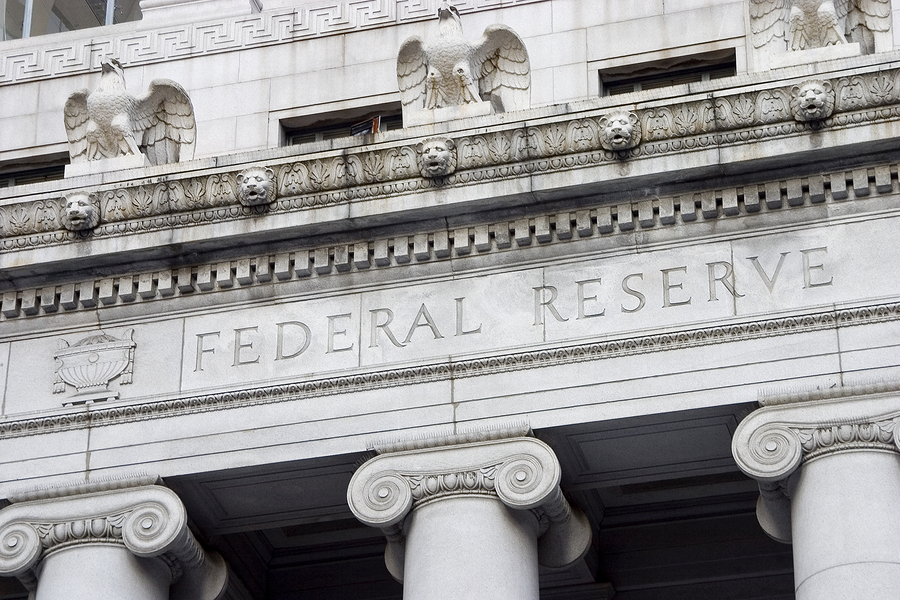For the past five years, many middle market companies have struggled to get a business loan to invest and grow. There were several contributing factors, including Federal Reserve borrowing, new banking regulations, and slow economic growth. While all of the above are still prevalent, it appears we have crested the hill and are moving toward easier loan access.

The Fed has significantly increased its borrowing over the past five years — foreign countries hold a total of $5.7 trillion in US Treasury securities. China holds the most at $1.3 trillion, followed by Japan at nearly $1.2 trillion. No other country even comes close. The number-one lender to the US, however, isn't China. It's the Fed itself, holding more than $2.2 trillion in Treasury securities, plus $1.5 trillion in mortgage-backed securities.
Just for perspective: In January 2009, China owned $744 billion in Treasury securities and the Fed owned $475 billion. Because no country has ever borrowed (or printed) that much money, no one quite knows what economic impacts this borrowing may create. But it's reasonable to conclude that the government cannot soak up that much money from the world economy without creating credit-access problems for middle market companies.
In addition to the Fed's borrowing, Congress passed the Dodd-Frank financial reform legislation in 2010, which has made it harder for middle market companies to get a business loan even though many banks have cash to lend. These new government regulations have tightened lending standards while simultaneously requiring banks to increase capital reserves - a double whammy that encouraged many banks to take a pass on all but the safest loans, and often go to large companies with deep pockets.
And then there's the economy. Historically, post-recession economic growth explodes, hitting the 6 percent to 7 percent range, which encourages banks to start lending aggressively. But the current recovery has been slow and uneven, the Fed has kept interest rates very low, and new government oversight and regulations have banks slow to return to lending. With banks sitting on the sidelines, even hedge funds have gotten into the lending business to fill the capital void.
The good news is that the US Office of the Comptroller of the Currency (OCC) said in its January 2014 report that credit standards appear to have relaxed in the 18 months prior to June 30, 2013.
The OCC reported that changes in economic outlook, a more competitive environment, market liquidity, and the bank's changing risk appetite led to the easing of standards.
"Loan portfolios that experienced the most easing in underwriting standards include indirect consumer, credit cards, large corporate, asset-based lending, international, and leveraged loans, continuing a trend noted last year," the OCC said. "Reduced collateral requirements, loosening covenants, and scorecard cutoffs were the primary methods that banks used to ease standards."
The latest numbers confirm that more businesses are able to borrow the money they need. The Fed says that commercial bank lending to businesses reached $1.6 trillion in December, the highest level since 2008. Moreover, the Fed's recent decision to "taper" its bond buying sends a signal that it is beginning a long - and hopefully continued - process of curtailing its extraordinary financial interventions. That policy shift should begin freeing up both domestic and foreign capital for business lending.
No group was hit harder by the credit squeeze than the middle market. The largest companies have many options, including going outside traditional credit markets. For small businesses and start-ups, there are government-backed loans and new Internet ventures. But with the Fed pulling back from borrowing and banks willing to test the lending waters again, middle market companies may finally get access to the credit they have needed to grow their businesses and spur economic growth.
Merrill Matthews is an NCMM contributor and a resident scholar at the Institute for Policy Innovation in Dallas, Texas. Follow him on Twitter.